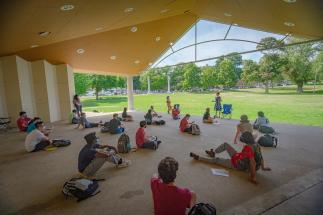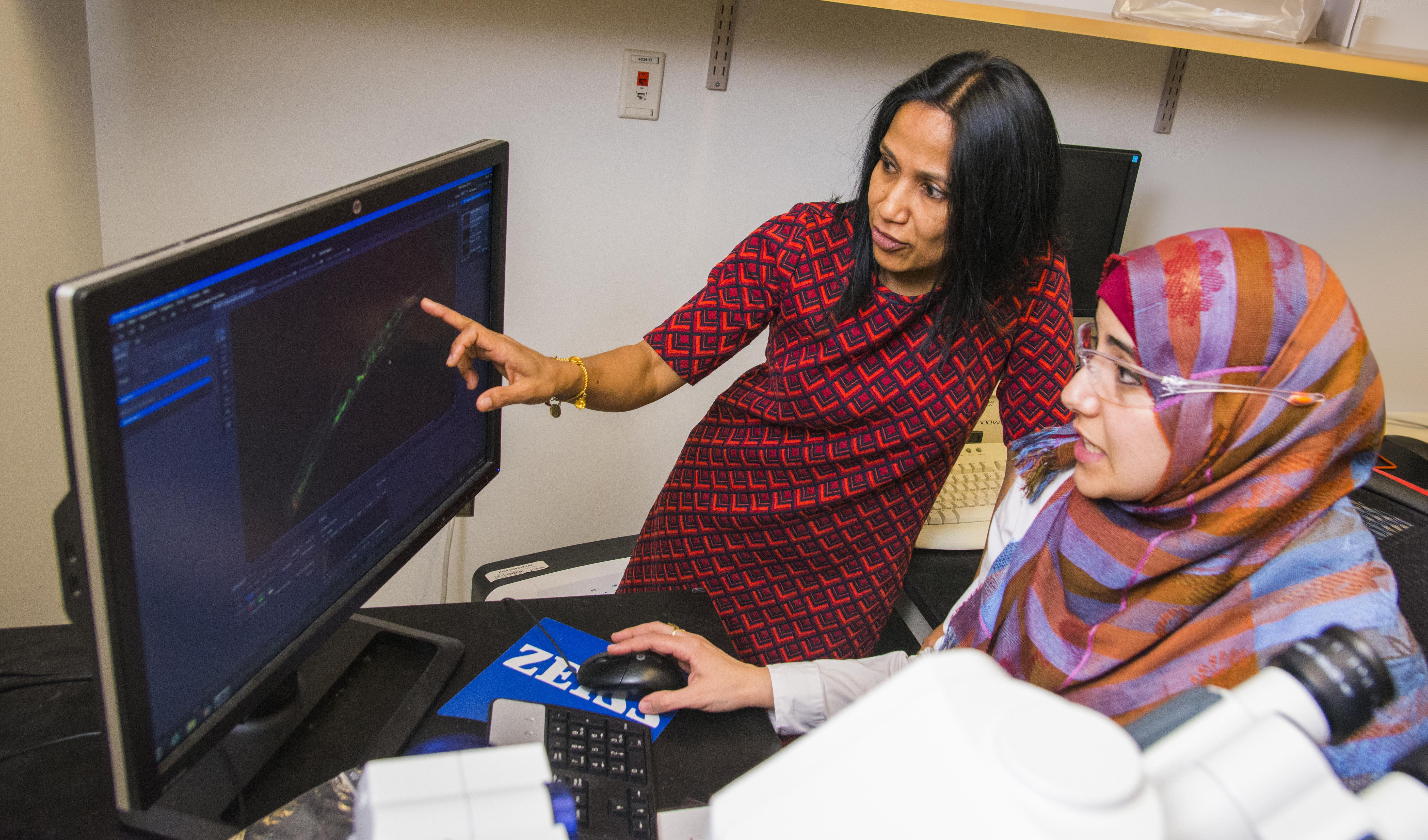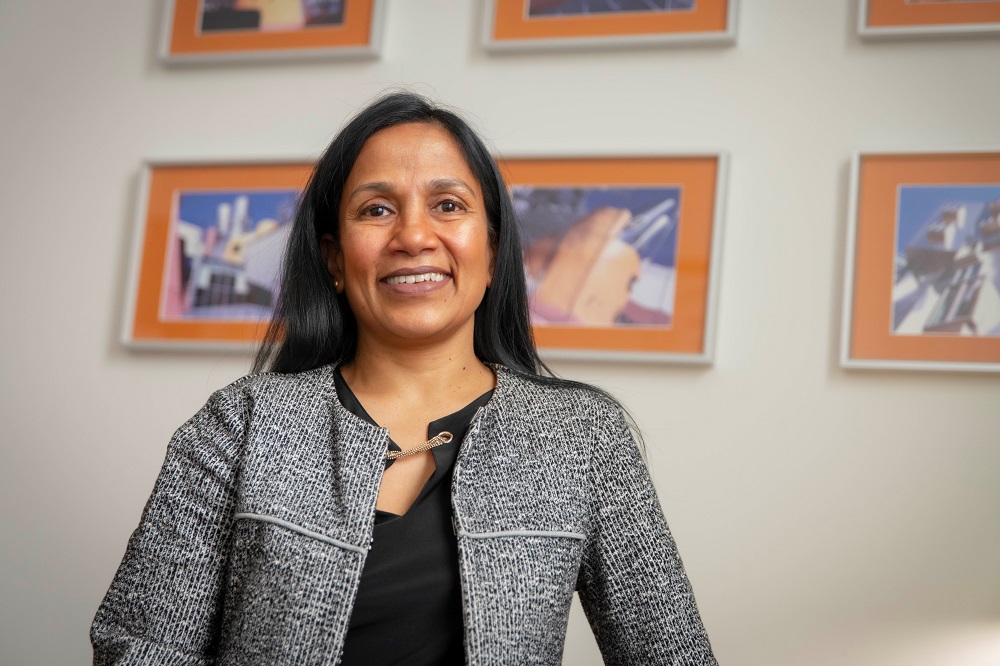The mortality rates from COVID-19 vary greatly from country to country, even from one ethnic group to another here in the U.S. That also holds true for maternal death rates and other maladies. WPI’s Heal the World course—one of the Great Problems Seminar—helps students understand some of the underlying reasons and consider potential solutions.
The Great Problems Seminar (GPS)—one of the programs run through the Global School—are two-term courses that introduces first-year students to WPI’s project-based curriculum and immerses them in a culturally sensitive, evidence-based research approach. The course gives students and faculty the opportunity to work through and beyond their disciplines to solve problems focused on themes of global importance: Shelter the World, Heal the World, Seeking Sustainability, Ignorance Is Not Bliss, Power the World, Climate Change, Livable Cities, Humanitarian Engineering, Extinction: Who Will Survive?, and Recover, Reuse, and Recycle.
In A- and B-Terms, the Heal the World course, taught by professors Lisa Stoddard and Reeta Rao, has 50 students working in teams of three or four, examining case communities from around the world, looking at global health issues and the biological and social causes and implications of each. In the current term, the students are taking what they have learned through their activities in A-Term and using it to solve a health-related problem of their choosing. They will be presented publicly the last week of B-Term.
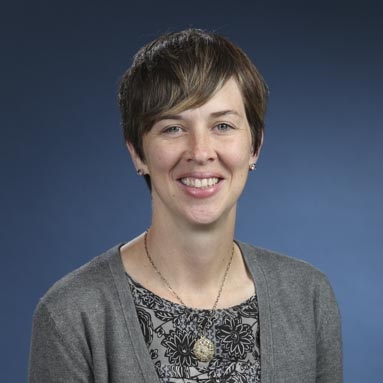
“The Great Problems Seminar program is structured so that students in every course analyze major current global issues through both a technical lens and social lens,” says Stoddard.
“It builds upon the university’s longstanding efforts to prepare students, most of whom are focused on science, engineering, and technology, to have a deep understanding, knowledge, and skill set to understand and address the complex social, technological, ecological, ethical, and economic challenges facing people around the world.”
Stoddard, associate teaching professor of social science, and Rao, professor of biology and biotechnology, are both from the Global School and the School of Arts & Sciences, respectively, and draw on the strengths, resources, and perspectives from A&S. However, GPS faculty come from each of the schools, bringing their different perspectives and are critical to the program.
In Heal the World, students are researching and examining the strengths of their case communities to see what solutions they could come up with that are sustainable and culturally appropriate. Students work for three weeks to assess the communities’ health-related assets, vulnerabilities, and threats. Then, in one activity, they are challenged with two disaster scenarios that their case communities are facing or will face: one climate-based and the other stemming from disease.
Rao says the class spends a lot of time working on solutions. “We want students to think outside the box,” she says. “We tell them they can’t just drop a solution from the one country or region in another community across the globe; rather, we encourage them to come up with a community- and place-specific solution.”
Using knowledge of their respective case community, the students assess what can make their communities particularly vulnerable or resilient in the face of a climate-related threat (e.g., fire, flood) or disease outbreak, which this year will be focused on COVID-19 in each community. At the end of this project the teams give a presentation.
A second project examines the issues of bioethics and health justice, including how racism affects health. A body of research shows the U.S. has high maternal death rates, particularly for African American women. The students use this as a lens to look at innovative health technologies, how bias can be built into such technologies, and how bias is and can be institutionalized into healthcare systems in the U.S. and across the globe.
Students choose from 13 innovative health technologies to consider their technical benefits and limitations. They also consider the bioethics and health justice issues associated with the development and use of these technologies, including which populations have or lack access to these life-saving tools. At the end of this project, teams create an infographic that visually communicates these technical and social benefits and limitations.
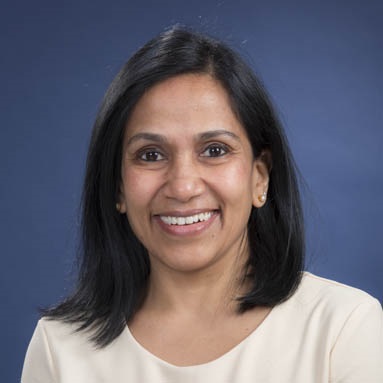
Rao points out that even as a biologist she recognizes the importance of having a social perspective. “We push the students to think about feasibility of their solutions. … A solution in global north may not work in global south.”
Even when considering or designing biotechnology, it’s important to consider cultural biases that could have unintended consequences. “We look at examples of implicit bias built into the algorithms that drive some skin cancer screening technologies. In one case, the images used to train the algorithms to detect skin cancer were mostly of white skin,” Stoddard says. “While this was not done with conscious intention, the result is that, while people of color are less likely to get melanoma, they are more likely to die of it as a result of unconscious bias built into the screening technology.”
“We want our students to be intentional when they think about innovative medical technologies. What questions and variables do you need to think of when developing biotechnologies? How can you check your own implicit biases and ones that have been institutionalized into the health care system and health care technology field? Are the models inclusive? Who are those in most need? Will they be able to access the technology?
“WPI is a technological school, but it has had a good presence in global health in last five to six years,” Rao concludes. “Being in the Boston area, we can’t ignore the health care mecca we live in; rather, we should leverage it, since many of our graduates will end up in the public health sector.”
